East Berlin Formation (CT) - All footprints shown here are from Connecticut, and are from the early Jurassic Period (200 mya) from the East Berlin Formation. Typical ichnotaxon list: Anchisauripus, Anomoepus, Antipus, Batrachopus, Eubrontes, Grallator, and others.
(large theropod dinosaur)





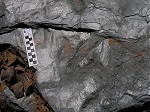
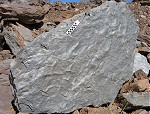
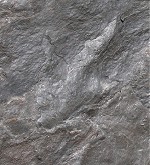
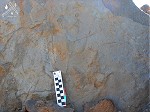
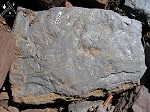
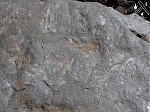
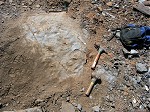

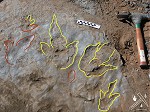

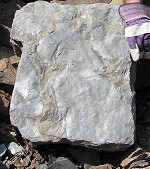
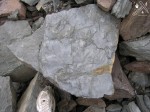
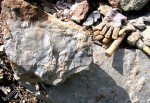
SECOND ROW: 6) A giant blue slab with an Anchisauripus. 7) A close-up of an Anchisauripus. 8) A close-up of a juvenile Eubrontes and an Anchisauripus. 9) A giant blue slab with an Anchisauripus. 10) A close-up of an Anchisauripus.
THIRD ROW: 11) A giant slab with multiple prints in-situ. 12) A close-up of two Eubrontes and an Anchisauripus prints. 13) Outlined two Eubrontes and an Anchisauripus prints. 14) A close-up of an Anchisauripus. 15) A small blue slab with multiple Anchisauripus prints.
FOURTH ROW: 16) A blue slab with multiple Anchisauripus prints. 17) An Anchisauripus print.
(ornithischian dinosaur)

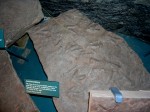
(a lizard like reptile)

(crocodylomorph)

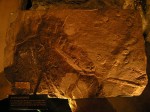

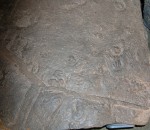

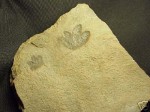
(large theropod dinosaur)


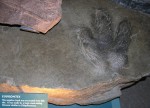
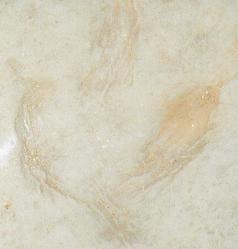
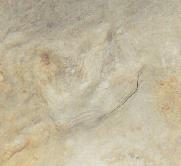


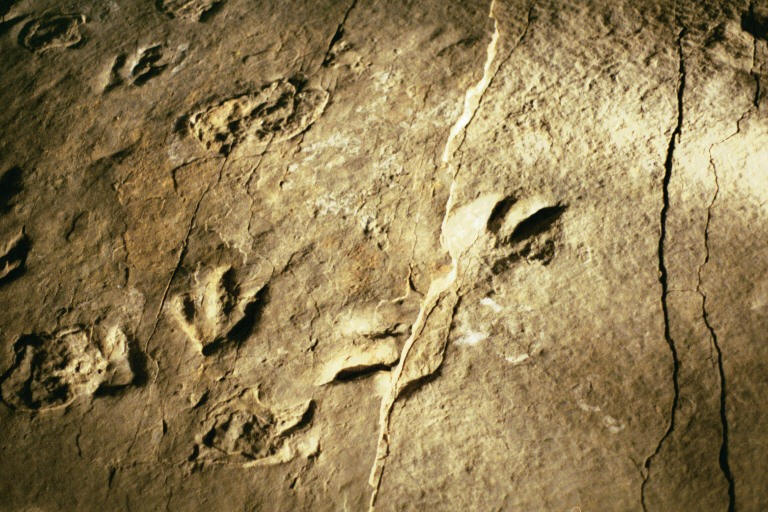
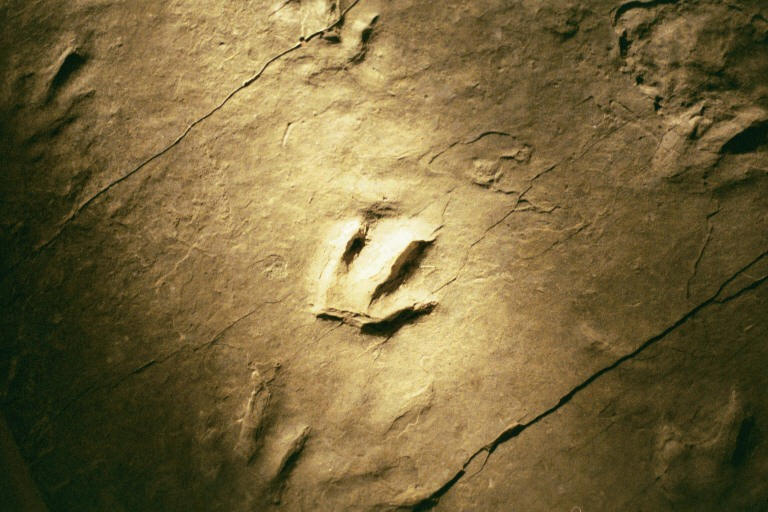

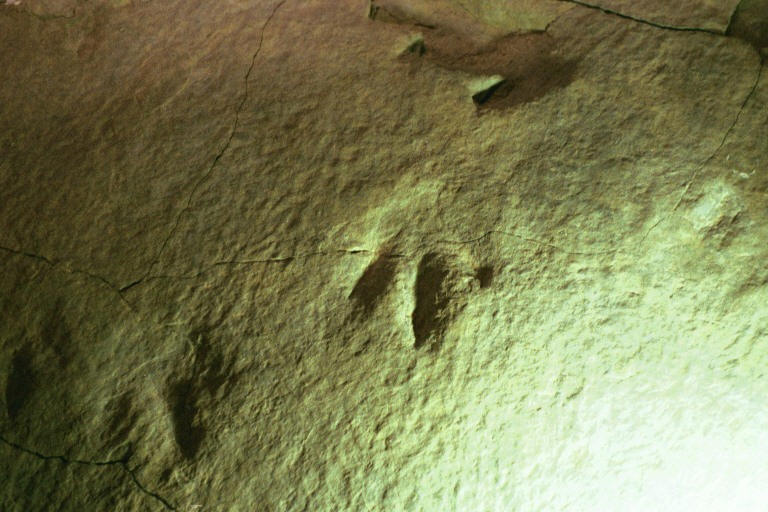
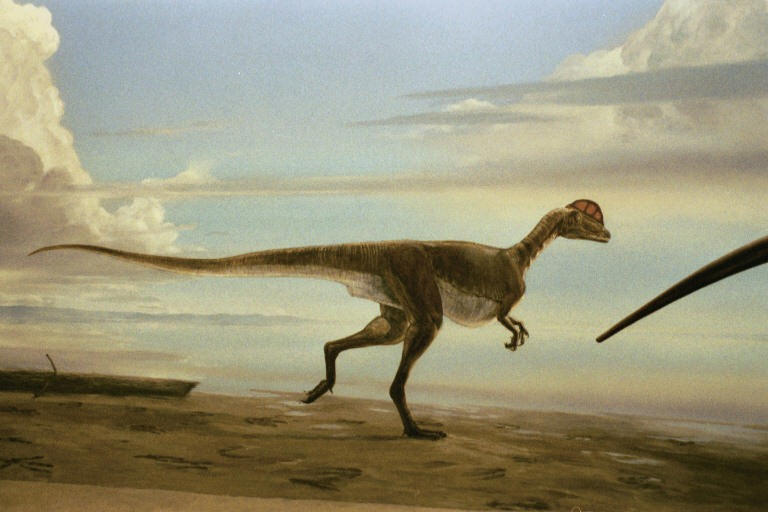


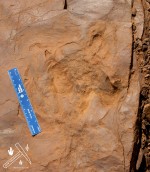
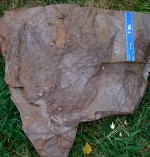
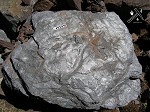
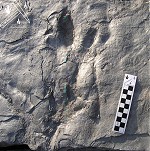






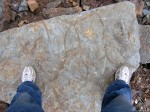

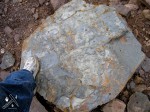
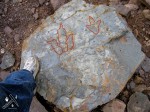
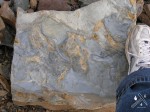
SECOND ROW: 6) Large slab with many Eubrontes prints. 7) A close-up. 8-10) Another close-up.
THIRD ROW: 11-12) It's assumed that a dinosaur similar to the Dilophosaurus left prints similar to the Eubrontes. 13) Eubrontes Tracks from CT outside the Rutgers Geological Museum from the Dinosaur State Park Site. 14) A sloppy Eubrontes about 10" long. 15) A giant Eubrontes print about 12" and missing the tip of the middle toe.
FOURTH ROW: 16) A giant blue slab with multiple prints in-situ. 17-18) A close-up of a juvenile Eubrontes. 19-20) A close-up of two Eubrontes and an Anchisauripus prints.
FIFTH ROW: 21-22) A small blue slab with a Eubrontes giganteus. 23) A small blue slab with a nice Eubrontes. 24-25) A giant blue slab with two Eubrontes prints, and a close-up of the right print.
SIXTH ROW: 26-27) A giant blue slab with a Eubrontes and an Anchisauripus print. 28) A small blue slab with a nice Eubrontes.
(medium theropod dinosaur)

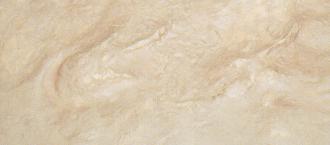
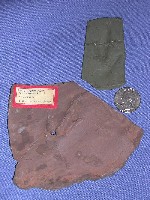
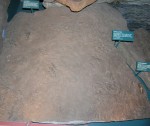
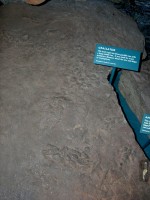
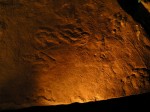

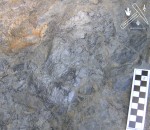

SECOND ROW: 6-7) The same print photographed twice, on bluish shale. This print was not collected and was photographed in-situ. 8) A Grallator print.
(lepidosauromorphs)



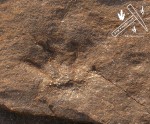
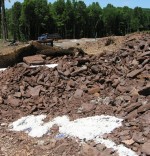
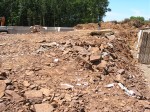

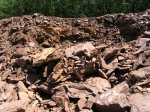

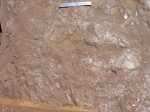


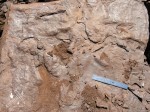
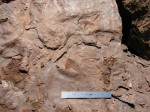
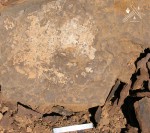
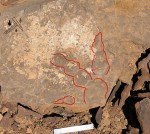
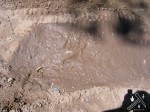
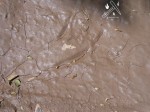
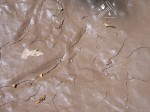

SECOND ROW: 6-7) A possible Eubrontes print. 8-10) A possible Eubrontes print.
THIRD ROW: 11-12) A possible Anchisauripus print. 13-15) Mud cracks and rain drops (unfossilized).
FOURTH ROW: 16) Mud cracks (fossilized) and a very large Eubrontes.


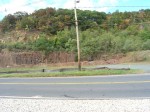
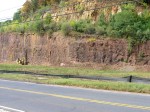
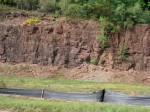


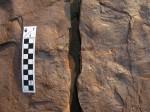
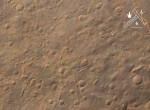
SECOND ROW: 6) A possible Eubrontes print. 7) Rhynchosauroides print (cast and mold). 8) An unknown print/trackway. 9) Rain drops (fossilized).
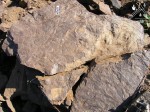
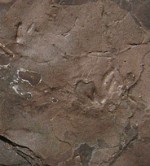


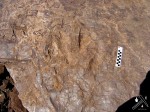
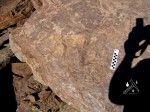
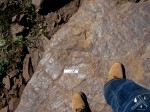

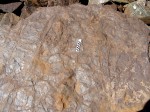
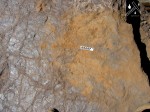

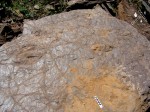
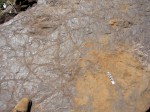

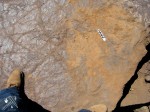

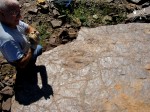
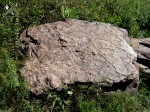
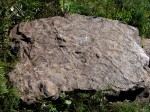
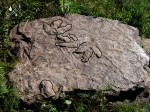
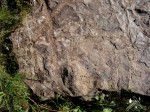



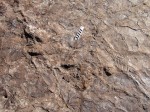
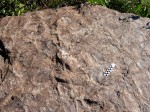
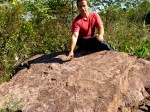
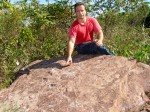

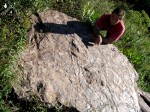
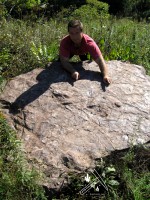
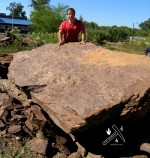

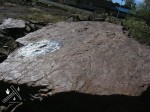

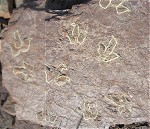
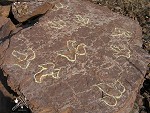
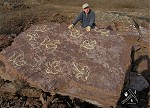
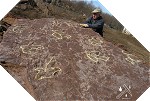
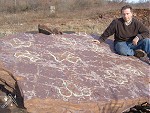

FIRST ROW: 1) A broken slab showing an imprint from a large Eubrontes (upper right) and a poorly preserved Eubrontes imprints on the lower center and upper left. Same slabs have the tiny prints shown in the following photos. 2-3) Tiny three toed print and insect trials 4) My father thinking that he still has it as he stands behind a giant slab with 8 Eubrontes type prints. 5) One of his giant Eubrontes prints.
SECOND & THIRD ROWS: 6-15) Close-ups of the various Eubrontes type prints.
FOURTH ROW: 16-17) My father has bragging rights. 18-20) Henry's slab with 4 Eubrontes type prints.
FIFTH & SIXTH & SEVENTH ROWS: 21-31) Close-ups of the 4 Eubrontes type prints.
SEVENTH ROW: 32) Henry standing next to Dad's slab. 33-35) Attempting to make latex molds of the prints.
EIGHT ROW: 36-41) We returned on year later and chalked up the prints.


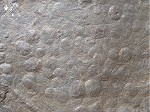
(ripples, desiccation cracks, etc)

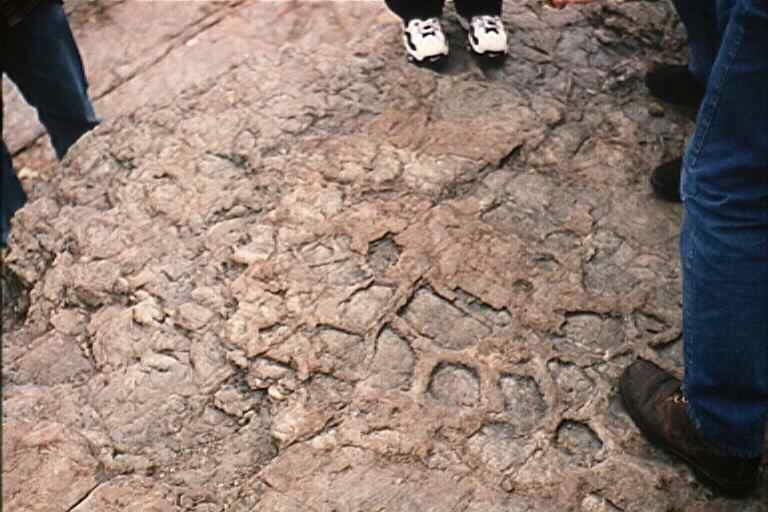
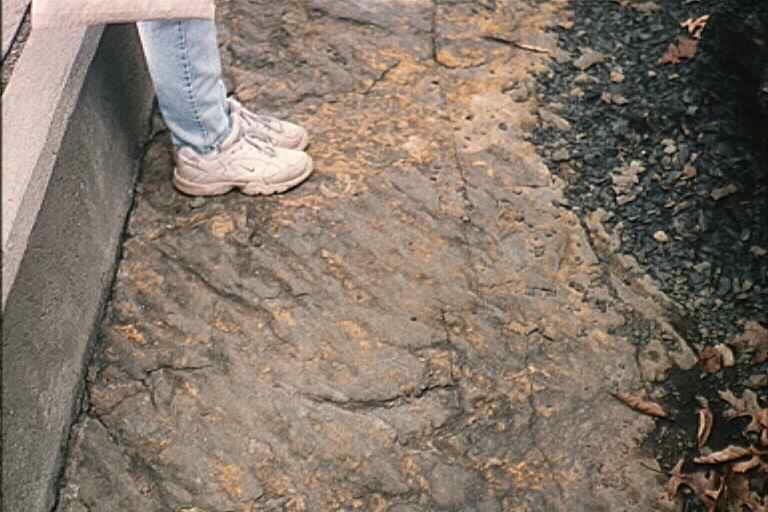
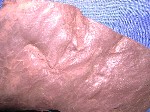




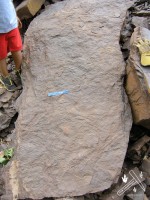
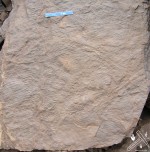
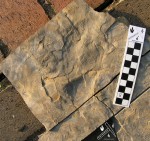
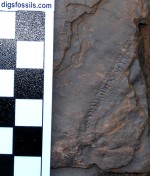
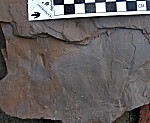
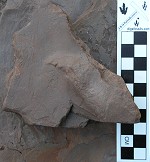

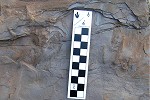
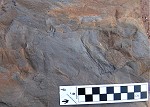
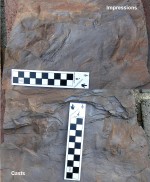
SECOND ROW: 6-8) Mud cracks and rain drops (unfossilized). Note the smooth surface and the impressions from the few raindrops or drops of water from the tree leaves above this area. Also note the impression which would have been called a tail drag if this mud was fossilized. 9-10) Ripples on a huge slab.
THIRD ROW: 11) Unknown print. 12-13) What might be an insect trails. 14) Dino thumb. 15) A close-up of an Anchisauripus print with uplifted mud and ripples..
FOURTH ROW: 16-18) What might be a left and right track (impressions and casts).